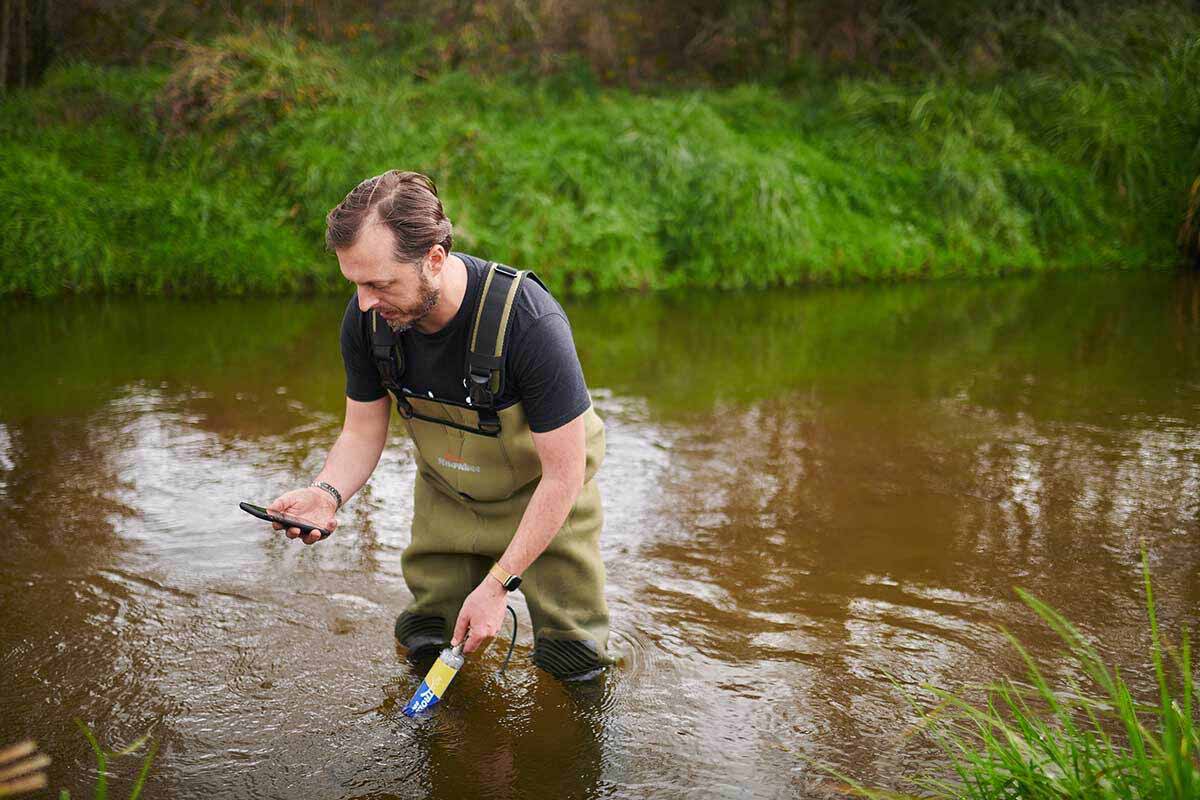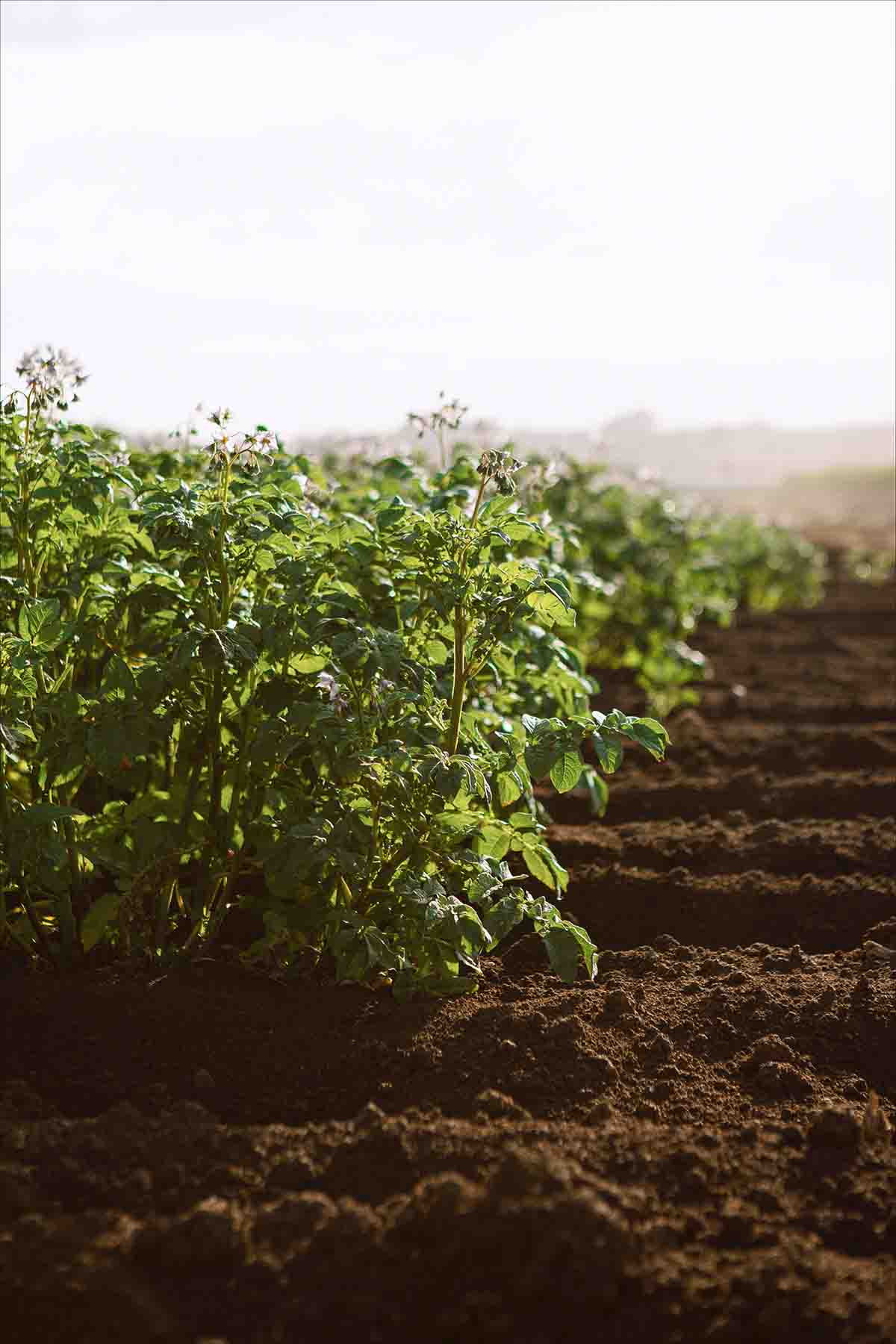What is Environmental Monitoring?
Environmental monitoring involves using tools to continuously observe and record metrics about the environment so that incremental changes over time can be accurately quantified.

Using sensors and observations, results can be gathered, analysed, and then published allowing stakeholders including consumers, workers, communities, organisations and governments to make decisions to better manage the impact they have on the environment and the associated risks.
Why Monitor the Environment?
In recent decades, awareness of human impact on the environment has been growing. Human population growth, industrial activities, use of limited natural resources and energy consumption continues to grow at an unacceptable pace.
On a human level, this has seen increasing concern about environmental damage from intensive farming, production of consumer products and the use of precious natural resources.
On a business level, with environmental legislation on the rise, most organisations are now required to measure and mitigate risks of harmful effects on the natural environment and to protect the health of human beings. Organisations are also keen to protect themselves from negative consumer sentiment by understanding their own environmental impact and working to reduce risks.
IoT Enabled Environmental Monitoring
As a result, there has recently been an explosion of new Internet of Things (IoT) sensors, devices and services developed by companies such as Libelium to meet the growing demand for automated environmental monitoring, providing cost-effective solutions for organisations and authorities.
Data captured from a wide array of environmental monitoring sensors and devices can be integrated into one, cloud-based Environmental IoT Monitoring system, to record, characterise, monitor, and analyse elements in a specific environment.
This flow of accurate data offers exciting possibilities for any organisation wanting to make positive change, utilising it to compare against objectives, support energy reduction strategies, validate process improvements, check compliance and generate reports on dataset comparisons.
It also allows the use of Machine Learning and Artificial Intelligence to improve and automate systems, removing human error and allowing 24/7 monitoring and responding to areas of risk.
Environmental Monitoring Types
The three main types of environmental monitoring are air, soil, water and weather

Air Monitoring is usually designed to assess the extent of pollution in the air and provide data to authorities and the general public in a timely manner. It can be used to support the implementation of air quality goals or standards and evaluate the effectiveness of emissions control strategies.
Public air quality monitoring networks are usually installed near busy roads, in city centres, or at locations of concern. Businesses may place air monitoring stations on building sites, industrial developments, landfills, or factories to measure smoke, dust, fumes or contaminants in the air. Data collected can help ensure compliance with consent limits and trigger alerts to warn workers or the public if hazardous conditions occur.


Water Monitoring has become an essential process for many organisations and businesses in recent years. Nutrient runoff from intensive farming and agriculture has been linked to health risks for both humans and animals. Turbidity (soil particles in waterways) caused by runoff from farming, land development or industry, cause damage to native habitats. And rising temperatures in streams and aquifers can cause an increase in bacteria and the spread of invasive plant species.
Other important parameters that can be measured by modern IoT sensors include Dissolved Oxygen, PH, ORP, Conductivity, Salinity and Chlorophyll A are all important indicators of water health.
All kinds of producers, including freshwater and saltwater aquaculture farmers, are now subject to strict controls on water quality to reduce risk to both environmental and human health. So, water quality monitoring is becoming essential to the ongoing operation of these businesses.

Soil Monitoring has traditionally been achieved through grab sampling (individual samples) and composite sampling (multiple samples) to set baselines, and detect threats such as acidification, biodiversity loss, contamination, erosion, organic material loss and salinization.
New IoT sensors can now provide real-time reporting on many of these factors, including moisture content and soil temperature, to prevent plant damage and limit water use. With water supply becoming increasingly constrained, soil moisture monitoring ensures that overwatering doesn’t occur and resulting runoff of soil and nutrients is limited.
Sensors can also measure EC (electrical conductivity) and NPK (nitrogen, phosphorus and potassium) content – measurements that reveal the amount of nutrients in the soil provided by the fertilizer.
Understanding how much fertilizer is in the soil, and how much is needed to provide optimum growth allows the farmer to work more efficiently, and get a better yield over time.

Weather Monitoring. Weather stations are now an essential component of any IoT based environmental monitoring system. Capturing weather data on wind, rainfall and humidity and combining that with inputs from soil or water can inform processes including irrigation, fertilising, planting, manure spreading, dust hazard management and more.
Automated irrigation systems controlled by Artificial Intelligence (AI) can be trained to limit irrigation on days where high rainfall is expected, for example. In the same way, soil preparation activity can be limited on days with high wind to prevent soil loss.
Monitoring this data over time can inform the organisation of linkages between human actions and environmental factors and support the development of new best practice standards.
Adroit Environmental Monitoring Solutions
Adroit is New Zealand’s market leader in IoT based environmental monitoring solutions. With a track record of successful installations including soil and water monitoring for aquaculture and agriculture, water quality monitoring for iwi, communities and regional authorities, and building site environmental management and compliance, Adroit has developed a unique capability in this space.
Adroit’s technology partners including Spark NZ, Amazon Web Services and Libelium allow Adroit to utilise next-generation tools to provide best-in-class solutions. For more about Adroit solutions, see our Solution Finder or Contact Us.
